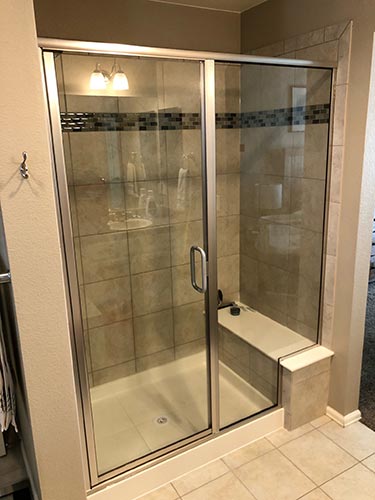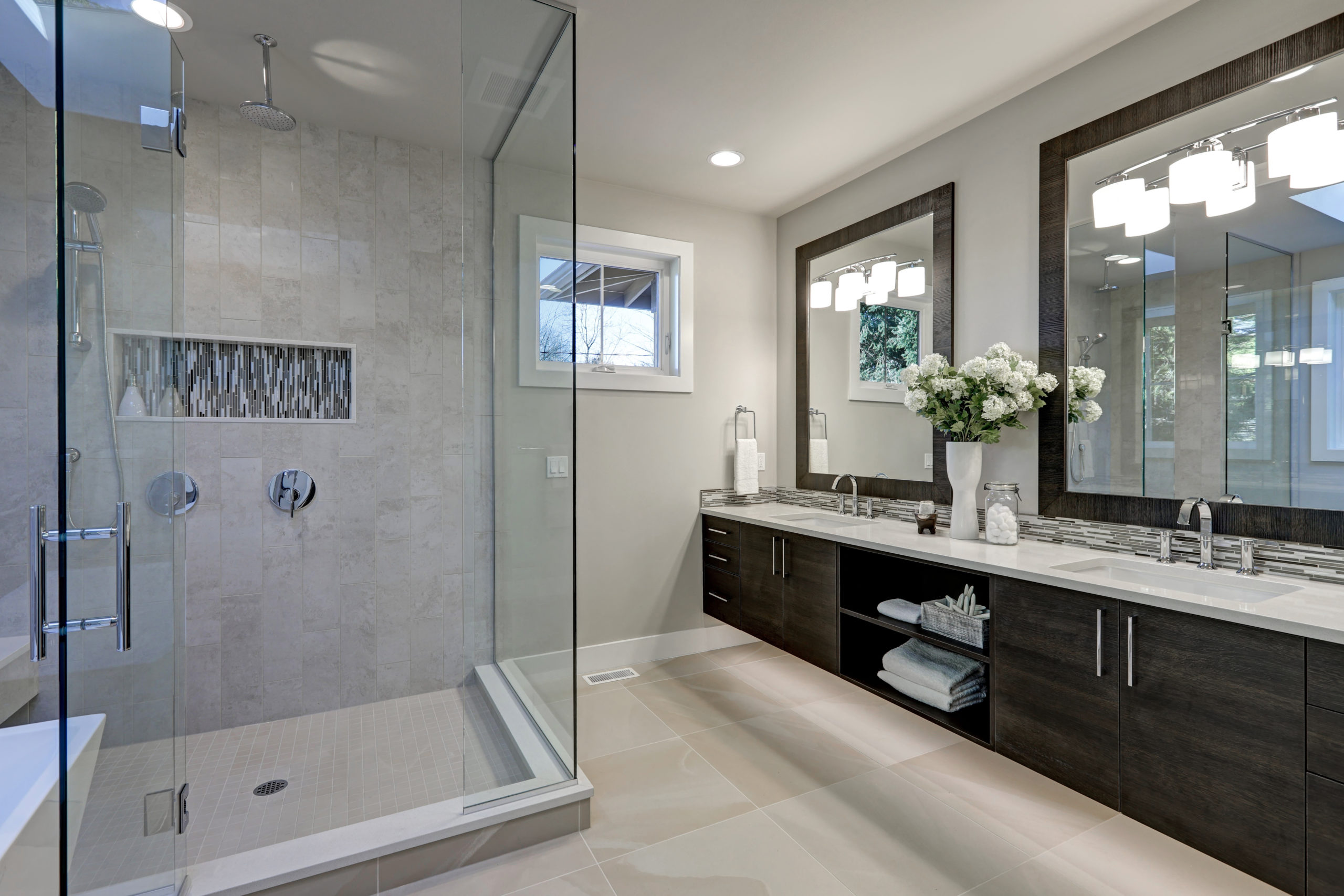Mastering the Art of Setting Up a Fresh Shower Fixture: An Easy Guide
Book A Service CallRight here down the page you can find a lot of quality help and advice when it comes to How to Install a Freestand.

A successful shower setup requires careful preparation as well as a great deal of work. In most cases, you will need to do 3 types of jobs: framing walls, setting up the plumbing, and also ending up wall surfaces.
Various Types of Shower Units
Most Typical Mistakes
Prep work.
To start with, you should pick the kind of shower that you want to mount. It is very important to ascertain whether the chosen shower can managing certain systems and can regulate a safe level of water with the boiler. A lot of shower systems nowadays are made to be adaptable to various water stress (such as kept hot water and cold keys).
It is additionally vital to take into consideration the water stress and the preparation of the piping as well as water drainage for the shower.
Method.
Depending on the type of shower you want to mount, the shower head should either be fitted in order to avoid its contact with the water in the bath listed below or the base tray, or it needs to have a check valve.
Before beginning, it is a good idea to note the placements of the shower head and also control, as well as to plan the pipe-work involved. Additionally, the drainage system to remove the drainage will require to be intended. Both positions of the wire path and the shower button will additionally need to be considered if an immediate or electric shower system is being mounted.
Make use of the guideline guide given with the shower system to fit the shower control.Before suitable the pipes that will supply the water to the shower system, it is necessary to remove the water. In order to protect the pipes, they should be given a water resistant covering and also fitted with isolating shutoffs. The pipelines can after that be hidden right into the wall and plastered over to neaten the general look.
Fit the base tray, shower head, and also installations.
Connect the major shower control to the pipelines that will certainly be providing the water (This may call for a women screw thread adapter).
Reconnect the water system as well as test the pipelines for any kind of leakages, as some may need tightening.
If you are installing an electrical shower, remember to turn off the power supply prior to making any electric links. When these links have been made (there should be advice within the instruction manual), the power supply can be switched back on.
Changing Water Pressure to Fit Your Shower.
The cold water storage tank can be lifted to a greater elevation (sometimes as low as 150mm (6inches)) by fitting a strong wood support beneath it - possibly composed of struts as well as blockboards. If you pick this alternative, the main and circulation pipes will also have to be raised to satisfy the new height of the storage tank.
Additionally, a booster pump (a single pump or a dual/twin pump) can be fitted. Whichever kind is selected, it needs to be attached right into the power supply in order to run.
Piping and Drain.
It is best to use 15mm diameter supply pipelines, as well as make the runs to the shower as short and straight as possible so as to preserve maximum pressure as well as minimise heat loss. Furthermore, by reducing the use of joints for pipeline corners, you can lower the resistance in the flow of the supply of water. You can attain this by bending the pipes rather.
How Do You Install a Shower? Follow This Guide
Installing a Shower at a Glance
Tools & Materials: Level, electric drill, caulk, hole saw, cedar shims, shower unit Step 1: Drill pilot holes Step 2: Prep fixture holes Step 3: Move unit into place Step 4: Caulk corners and base Step 5: Attach door Step 6: Install shower pan Whenever plumbing is involved in a DIY project, people worry about what might go wrong. The truth is that installing a shower isn’t that complicated, and you can save a lot of money by doing it yourself. You shouldn’t need to make any alterations to your plumbing to complete the job, and most of the tools you need will be provided in your new shower kit.
Can I Install a Shower Myself?
Even if you’ve never installed a shower before, you’ll find this to be a project that is perfectly suited for DIYers with a moderate level of experience. Whether you're doing a bathtub conversion or installing a new stall, most of what you need comes in shower kits that you can purchase from a hardware store. The first thing you need to do is determine what type of shower stall you want.
Single-panel stalls are the easiest to install because they come preassembled. All you need to do is put them in place. Multi-panel showers require a few additional steps, but you’ve got more control over the appearance of your unit. Multi-panel units are also much easier to handle if you’re going to do the installation without any help.
Be sure to take all appropriate safety precautions, such as wearing eye protection and gloves. When you’re removing or installing a shower unit, you might kick up debris that could hurt your eyes. You’ll also need to work with equipment that will get extremely hot, so be sure to have safety gloves handy.
Tools and Materials
2- to 4-foot level Electric drill with a 1/8-inch drill bit Caulk 2-inch hole saw Cedar shims The unit itself Before You Begin: Prep the Space
It’s highly important to measure your space accurately before putting the stall in. Measuring from the floor upward and from each corner outward will ensure you’ve got the right measurements. What you’re looking for is where the plumbing apparatuses are going to come through the stall. Transfer these measurements over to the back of your unit by drawing the locations of these holes using a pencil or marker.
Pull out your old shower and make sure to scrape off all the old caulking. Be thorough because you want to work with smooth surfaces for the best installation. Once you’ve pulled out your existing shower, you need to make sure that the floor is clean and dry. The best way to clean debris is with a shop vacuum, as it’ll soak up water and dirt together.
If you’re experiencing any plumbing issues, such as low water pressure, this is a perfect opportunity to solve them. Make sure that the pipes themselves are not in need of patching and clean your showerhead. When you turn the water back on after your project, check the pipes for signs of wear or disrepair. Anything beyond minor repairs should be handled by a plumber, and this is the best time to bring in a professional.
If the floor has any moisture at all, don’t proceed until it’s completely dry. The last thing you need is for the floor to rot or invite mold and mildew into your base. Once everything is dry, apply waterproof wallboard to the walls. This can be attached with screws or nails, then sealed with caulk so that water doesn’t seep into any crevices.

Do you like reading up on Simple ways to Install a Shower Cubicle on Your Own? Place a remark down the page. We'd be delighted to know your ideas about this posting. We hope to see you back again later on. Are you aware of another person who is fascinated about the topic? Why not share it. Thank-you for your time invested reading it.
Emergency? We're here!